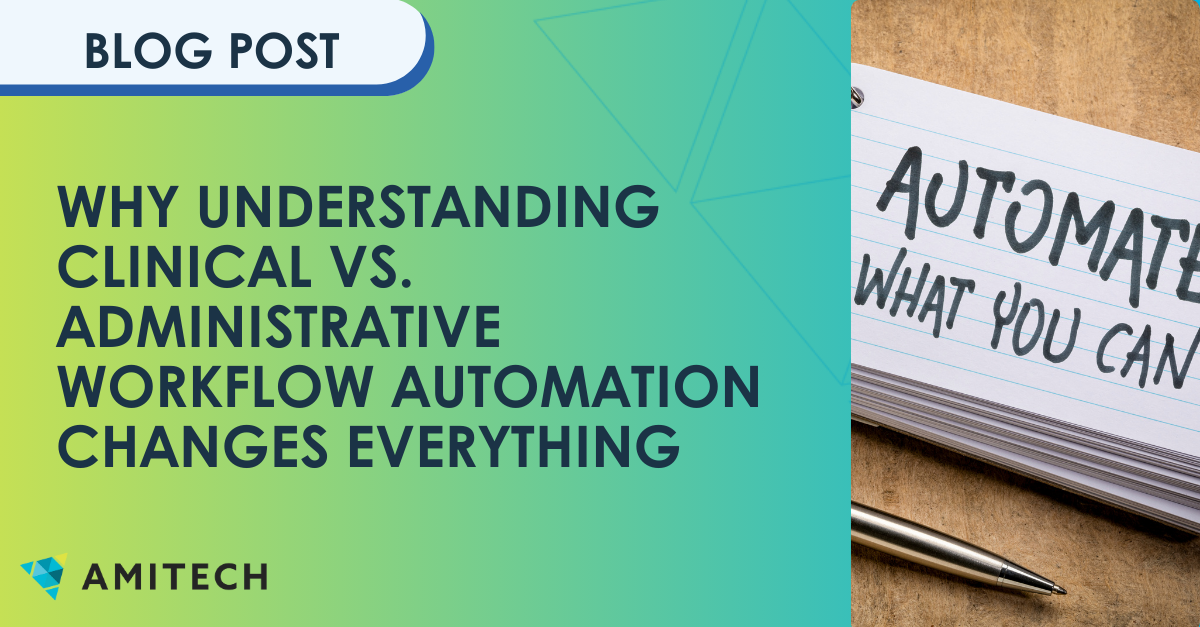Efficient and Error-Free Care: The Role of AI and Automation in Claims Processing

Healthcare payers today are struggling with numerous challenges when it comes to claims processing. It’s not just about keeping up with the paperwork anymore. Manual processing is still a headache, often leading to errors and delays. At the same time, healthcare costs continue to climb, putting pressure on everyone in the system. The number of required administrative tasks seems to be growing exponentially. It’s clear that something needs to change, and that’s where AI and automation come into play. These technologies are more than buzzwords; they offer real solutions to longstanding problems in claims processing and documentation. While they’re not a magic wand, they’re opening new possibilities for approaching these challenges.
The Current State of Claims Processing
Traditional claims processing methods are often plagued by high error rates, time-consuming procedures, and increased operational costs. These inefficiencies impact healthcare providers and trickle down to patients in the form of delayed care and higher expenses. In addition, stricter reimbursement policies have put additional pressure on an already strained system.
The administrative burden on healthcare staff is another significant concern. With employees overwhelmed by paperwork, less time is available for patient care/member relations – the core mission of any healthcare organization.
The Promise of AI and Automation in Claims Processing
Automation and AI for claims processing offer promise for addressing these challenges. Let’s explore the key benefits:
Improved Accuracy and Reduced Errors
One of the most significant advantages of implementing AI and automation in claims processing is the dramatic reduction in errors. AI-powered systems can detect and prevent errors in real-time, ensuring error-free documentation and more accurate claims submissions.
Faster Processing Times
Time is of the essence in healthcare, and faster claims processing can make a world of difference. One organization reduced its claims processing time by 65-75% by implementing automation. This acceleration is achieved through real-time claims submission and adjudication, significantly reducing the time between service provision and reimbursement.
Cost Savings
In an era of tightening budgets, the potential for cost savings cannot be overlooked. Implementing automation in claims processing can lead to a 30% reduction in operational costs. These savings can be reallocated to high-value activities directly impacting patient/member care and organizational growth.
Enhanced Efficiency and Compliance
AI and automation streamline workflows, leading to faster reimbursements and improved cash flow. Additionally, these technologies play a crucial role in maintaining regulatory compliance and detecting fraud. Automated systems can perform compliance checks in real time, while AI algorithms can identify potentially fraudulent claims with greater accuracy and speed than traditional methods.
Data-Driven Insights
The power of AI extends beyond process automation. Advanced analytics capabilities provide valuable insights for process optimization and financial planning. By leveraging these insights, payers can make more informed decisions and continuously improve their operations.
Increased Patient Satisfaction
Ultimately, the benefits of AI and automation in claims processing translate to improved patient satisfaction. Faster claims resolution and improved transparency in billing processes contribute to a better overall patient experience.
Looking to the Future
As we look ahead, several exciting trends are emerging in the field of AI and automation for claims processing:
- Integration with Electronic Health Records (EHRs) for seamless data flow between clinical and financial systems.
- Advanced Natural Language Processing (NLP) for improved interpretation of clinical documentation and accurate coding.
- Blockchain technology for enhanced security and transparency in claims transactions.
- Predictive analytics for proactive identification and prevention of potential claim denials.
Embracing the Change
While the benefits of AI and automation in claims processing are clear, implementation can present challenges. Healthcare payers must focus on staff training and change management to ensure a smooth transition. Additionally, addressing data security concerns and integration with legacy systems are crucial steps in the adoption process.
As we move towards a future of efficient, error-free, and patient-centric healthcare administration, embracing AI and automation in claims processing is no longer optional – it’s imperative.
The journey towards fully automated, AI-driven claims processing may seem daunting, but the rewards – in terms of efficiency, accuracy, and patient satisfaction – are well worth the effort.


